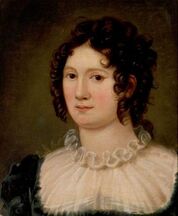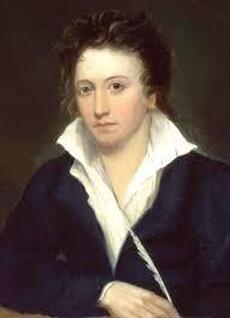 New hospital in a third-tier City in Shandong, China
New hospital in a third-tier City in Shandong, China I could quibble, but I'm not going to argue about that. What I took exception to was the blog writer's portrayal of a Chinese hospital and Chinese medical care as squalid and dirty. Overall, that's a misleading picture.
First, China has prosperous provinces (the ones on the coast, the ones filled with factories and trade) and it has poorer provinces. Better health care is available in the more prosperous areas and in the bigger cities. That applies to us as well -- if you live in a dinky little small town, there is no giant gleaming hospital down the road, is there?




 RSS Feed
RSS Feed